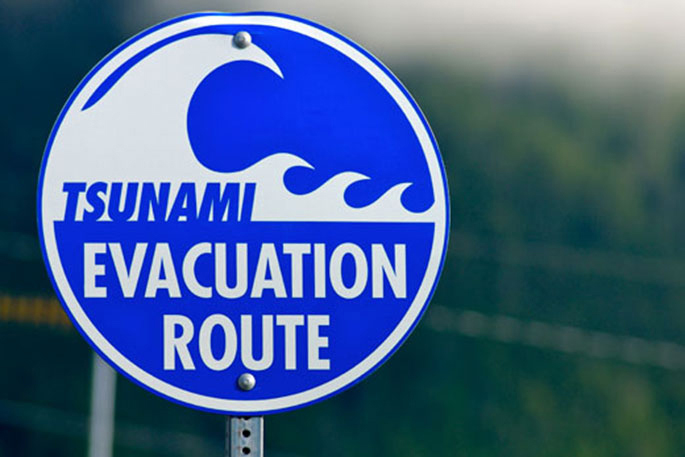Fire and Emergency New Zealand is investigating what caused a number of fire station sirens from Tauranga to Waihi to activate yesterday evening.
FENZ chief executive Rhys Jones says this should not have happened.
'I apologise to Bay of Plenty people who were affected.
'We take this false alarm very seriously.
'We are investigating the cause, and because our sirens are linked in to a nationwide emergency alert system, we will also work with other responding partners.”
Despite this false alarm, Rhys asks people to retain confidence in the alert system of text message alarms and sirens.
'These alerts are life-savers.
'We will provide an update when we know more.”
Rhys told Morning Report the fault which caused the error is not yet known and would be investigated.
"These false alarms are clearly what we don't want to happen, because ... we have to trust the system and we don't want to get into a 'cry wolf' situation where too many false alarms come through.”
He says those sirens can be connected into a regional emergency response system as well as nationwide civil defence alert system if needed.
It may have been a technical or a human error, he says.
"These alert systems need to be reliable and the public need to be able to trust that."
Director of emergency management for Bay of Plenty, Clinton Naude, told Morning Report that Civil Defence did not have any tsunami sirens for the area where reports came in.
"We had some reports of some of them being potentially from Fire and Emergency New Zealand's fire brigade, who use siren networks to activate volunteers to callouts.
"But we've asked Fire and Emergency New Zealand to investigate and come back to us on what has happened there."
Clinton says the tsunami and volunteer callout sirens had different networks and tones, but people have in the past confused the two.
"But last night's event was quite unprecedented with such a wide range of sirens going off at the same time."
He says he wanted to reinforce that the primary alert system for the Bay of Plenty, for tsunamis and serious events, was the mobile notification.
Clinton also urges people to check multiple channels, like authorities on social media, radio and television broadcasts, because these were likely to contain more information if there was an emergency.
-Additional reporting by RNZ.



4 comments
Another false
Posted on 20-01-2020 09:55 | By bruce.b
How can anyone retain confidence in the alert system when they just keep on coming time after time and all they can say is we are going to look into what went wrong.
Didnt hear it at sea side
Posted on 20-01-2020 12:03 | By LGD
We were at the Omanu surf club car park when this went of. It wasn't overly loud, even as I walked along the car park to work out where the noise was coming from. I believed it to be something in one of the local houses. This concerns me, as in a real life situation these warning sirens do not raise enough urgency, through the level of volume I heard, while at a location that was critical to understand, "IT WAS TIME TO LEAVE"!
Out of Interest
Posted on 20-01-2020 15:34 | By Yadick
What does the siren actually sound like and how do we know it's a tsunami warning? I know we will get a mobile phone alert from CD but I wouldn't have a clue what the tsunami warning sounds like so if I haven't got my phone with me or battery is flat I wouldn't know if Vol. Fire is getting a call, if I should take up sprinting, rally driving or body surfing? What about visitors, tourists? Food for thought. Hmmm.
Teething problems
Posted on 20-01-2020 18:21 | By LeeW
Why can't people accept that tsunami warnings are still in their infancy so of course there are going to be problems. A false alarm now and then is to be expected. Just be grateful for the technology and for the fact there wasn't an actual tsunami instead of playing the blame game.
Leave a Comment
You must be logged in to make a comment.